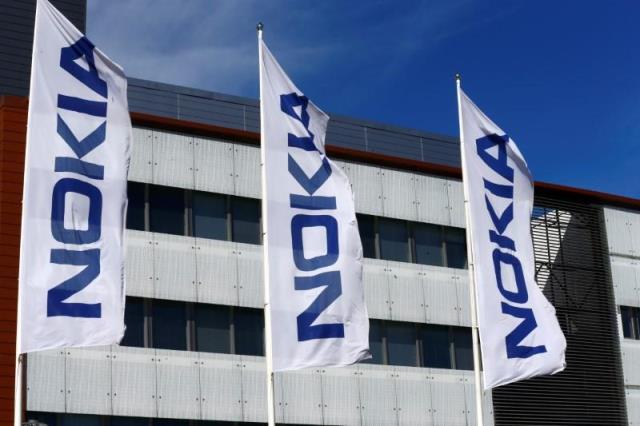Cleco has selected Nokia to modernize its microwave communications network to support 290,000 customers and increase its operational efficiency.
 Nokia said the network — based on microwave packet radio technology and its Microwave Packet Transceiver Plus (MPT-HLC Plus) — will provide the scalability and flexibility to enable it to introduce new services.
Nokia said the network — based on microwave packet radio technology and its Microwave Packet Transceiver Plus (MPT-HLC Plus) — will provide the scalability and flexibility to enable it to introduce new services.
Finland-based Nokia will provide the backhaul of Cleco’s digital mobile radio system that is critical to the safety of its customers and more than 1,300 employees. By moving to an all packet-based architecture, Cleco is also able to.
Cleco will be replacing its legacy hybrid radio equipment with its Wavence microwave packet radio portfolio, Chris Kent, area vice president, U.S. Energy & Transportation, Nokia, said.
Nokia Wavence incorporates features specifically designed to address the needs of Cleco, smoothing its transition from older time division multiplexing (TDM) technology to more advanced Internet Protocol (IP)-based networks.
Nokia Wavence will enable Cleco to expand its capacity in support of IP-based applications without requiring a new antenna infrastructure and without forcing a disruption of existing communications, thus reducing costs and facilitating a seamless, incremental migration from TDM to IP.
Nokia’s Microwave Packet Transceiver Plus (MPT-HLC Plus) provides increased capacity utilizing 4096 QAM and up to 7.5 dB more in system gain. Higher system gain can reduce the size of antennas required, lessen tower loading and extend the path distance, eliminating expensive repeater sites or improving the availability of existing paths.
“Cleco’s selection of Nokia was based on Nokia’s commitment to the microwave business, the advanced packet capabilities over legacy hybrid radio architectures and a single network mangement system for the microwave, router and optical transport products,” Robert Mathews, manager of Telecommunication Services, Cleco, said.
